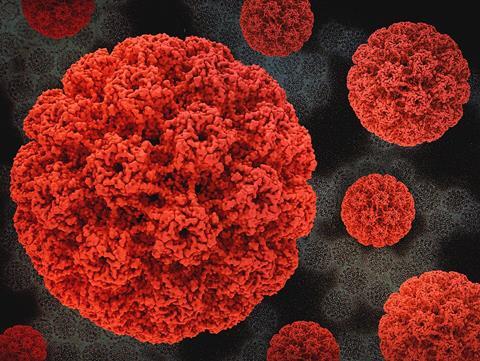Immunization against human papillomavirus (HPV), particularly with a single-dose vaccine, offers a cost-effective strategy for cervical cancer prevention. This study aimed to evaluate the seroprevalence following a single-dose bivalent HPV vaccine among adolescent girls in Bangladesh and to examine its association with sociodemographic characteristics.

A cross-sectional study was conducted among 648 adolescent girls (aged nine to fifteen years) in Dhaka, Bangladesh, who received a single dose of the bivalent HPV vaccine in November 2019.
READ MORE: Researchers identify new genetic risk factors for persistent HPV infections
Participants were recruited from ten local schools. At 36 months post-vaccination, blood samples were analyzed for HPV16/18 L1-specific immunoglobulin G using enzyme-linked immunosorbent assay. Sociodemographic data were collected and analyzed using logistic regression.
Results
Most participants were aged nine to thirteen years (82.4%), with a mean age of 11.89 ± 1.59 years. The overall seroprevalence was 72.8% for HPV16 and 82.4% for HPV18. Seropositivity for HPV16 was significantly lower among participants aged 14–15 years [adjusted odds ratio (aOR) = 0.61; 95% confidence interval (CI): 0.39–0.95; p = 0.020] and those in grades nine to ten (aOR = 0.50; 95% CI: 0.28–0.89; p = 0.004).
For HPV18, significantly reduced odds of seropositivity were observed among participants from households with monthly incomes up to Taka 10,000 (aOR for Taka 10,001–20,000 = 0.41; 95% CI: 0.26–0.67; p < 0.001; aOR for Taka 20,001–50,000 = 0.21; 95% CI: 0.11–0.40; p < 0.001).
A single-dose bivalent HPV vaccine induces sustained immunity in Bangladeshi adolescent girls, with lower HPV16 seropositivity among older girls and those in higher grades, and higher HPV18 seropositivity is linked to lower household income.
The study was recently published in Cancer Screening and Prevention.







No comments yet